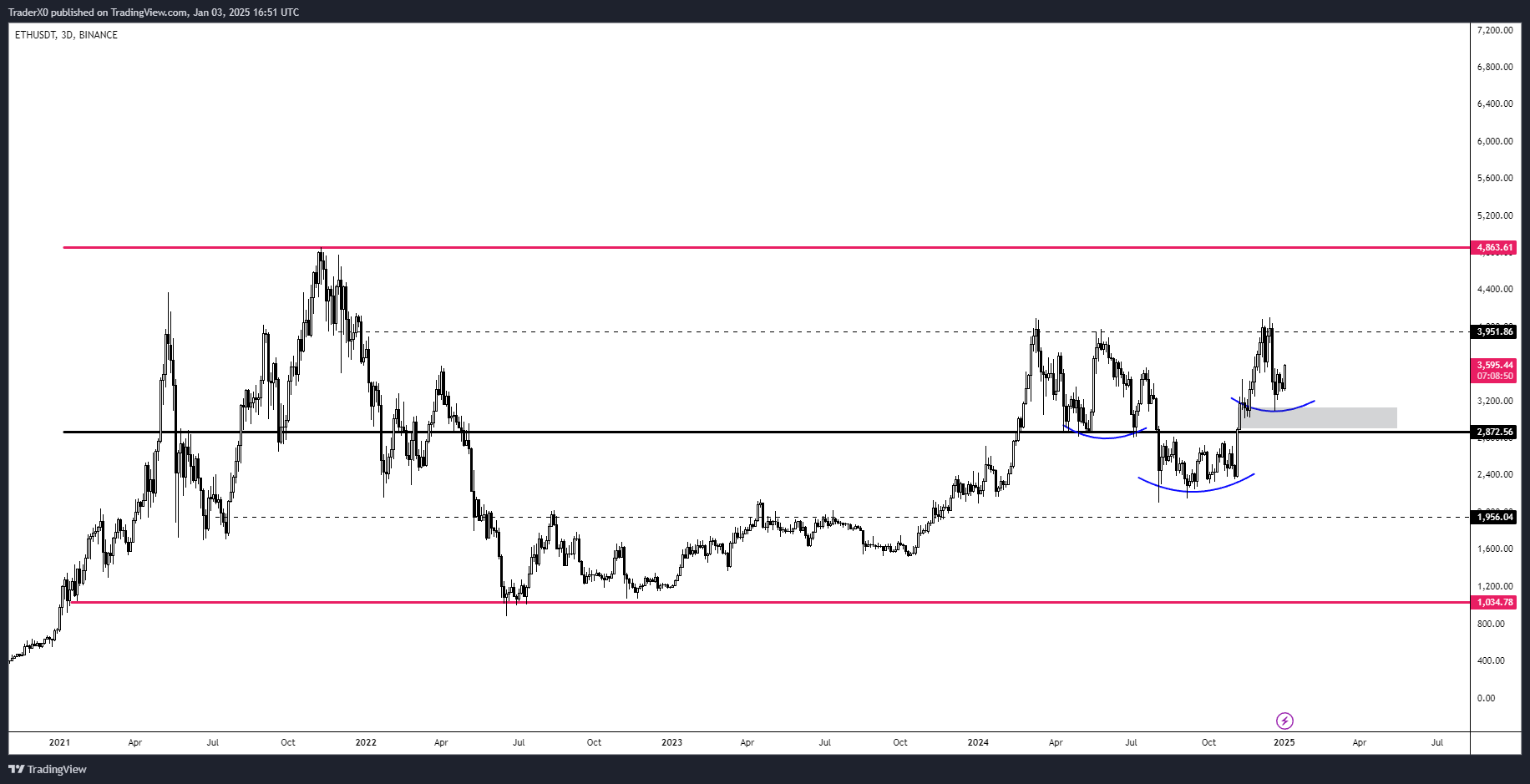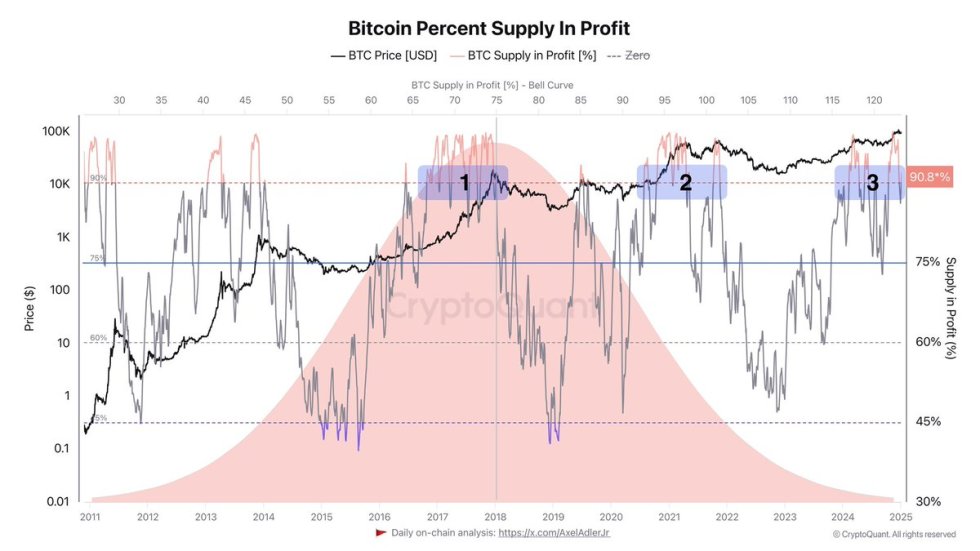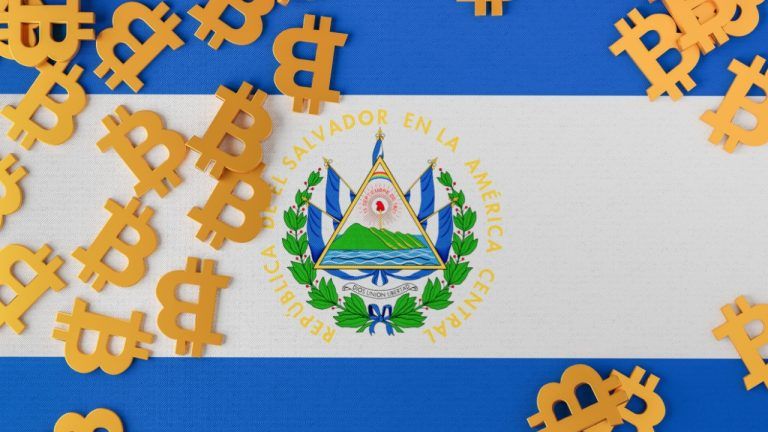One of the primary arguments in favor of using Merkle Trees as the mechanism of encoding transactions is the value it provides in Partial Verifications or Simplified Payment Verification.
The argument goes that one may validate that a transaction was mined as part of a block without needing access to all of the transaction data – solely the hash of the neighboring leaf-node, and the hashes of the log(N) nodes that the transaction will be combined with to generate the Merkle root.
But how is this feasible considering the Merkle Tree itself isn't stored anywhere – only the root is? In other words, since you can't look up the value of a given parent node (because its not stored anywhere), you need to regenerate the entire Merkle Tree to do a partial verification. This seems to negate the commonplace argument in favor of Merkle Trees, but I think I'm missing something.
Can someone please explain why this is wrong?

You can get bonuses upto $100 FREE BONUS when you:
💰 Install these recommended apps:
💲 SocialGood - 100% Crypto Back on Everyday Shopping
💲 xPortal - The DeFi For The Next Billion
💲 CryptoTab Browser - Lightweight, fast, and ready to mine!
💰 Register on these recommended exchanges:
🟡 Binance🟡 Bitfinex🟡 Bitmart🟡 Bittrex🟡 Bitget
🟡 CoinEx🟡 Crypto.com🟡 Gate.io🟡 Huobi🟡 Kucoin.




















Comments